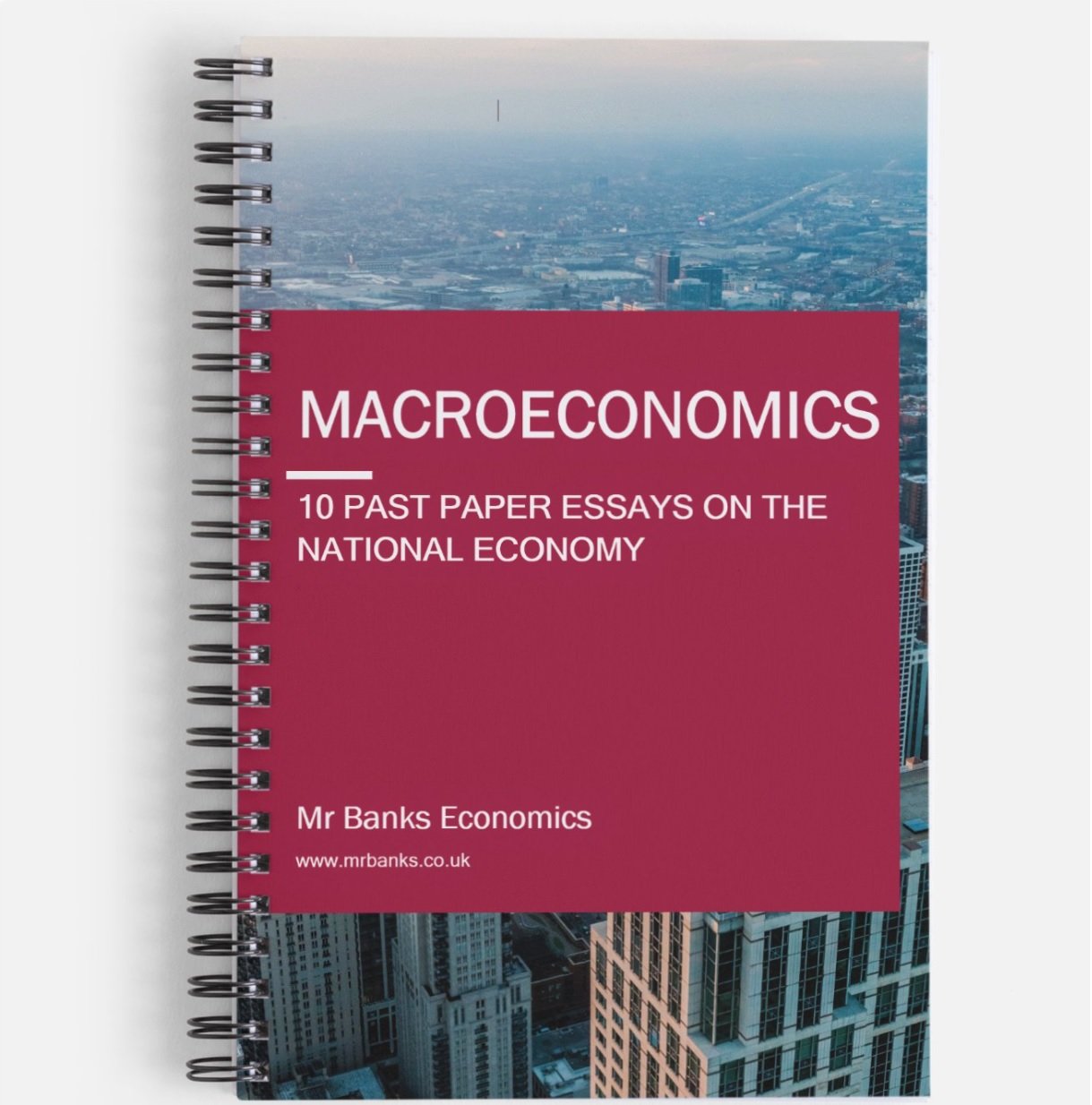Labour Market Discrimination
A-level Economics
A cause of labour market failure
The first thing to remember with labour market discrimination is that it is different to wage discrimination.
Wage discrimination is when employers pay workers different wages based on a worker’s minimum acceptable wage (transfer earnings).
However, labour market discrimination is when a specific group of workers is treated differently to other workers in the same job. There are several groups of workers that have historically been discriminated against.
Workers can be different because of their:
Race
Gender
Age
Sexuality
Religion
Disabilities
These are common areas which could lead employers to discriminate.
Gender pay gap – where job pay is not equal for men and women. Traditionally, employers have paid men more for the same job.
Racial discrimination - where employs only employ workers from a certain background.
This sort of discrimination is against the law in the UK. The Equality Act 2010 made discrimination illegal in the UK.
The reason discrimination is so bad is because employers are employing people not based on their productivity levels, but their backgrounds – this has no proven correlation with a person’s productivity.
However, certain employers may think that specific groups of people are less productive than others e.g. men are more productive than women. This is not true – but this misinformation causes the labour market to fail which means labour resources are not allocated efficiently.
Sometimes a person can be discriminated against and be forced to work in a position that they’re overqualified for – this is an example of a misallocation of resources.
It can also worsen the problem of income inequality, if employers do not hire certain groups of people because of their attributes.
Increased Costs for Employers
It really isn’t beneficial for employers to discriminate. It can mean extra costs for them.
For example, Person A and Person B apply for a job. Person A is able to produce 100 units a day, whereas Person B can produce 150 units a day. However, the employer does not know what each person can produce until after they’re hired. Person B happens to be of Islamic faith. The employer believes that because Person B is a Muslim, this person could be less productive, perhaps because of a language barrier issue.
The employer chooses not to hire Person B, despite him/her being more productive.
The employer believes Person A is more productive, because he/she is from a favoured ethnic background and religion. So, the employer is prepared to pay Person A more, because they have a higher demand for Person A.
Can you see that this leads to increased costs for the employer? Now the employer will hire Person A who can produce 100 units a day at a higher cost. If the employer hired Person B, they would be rewarded with lower average labour costs, because Person B can produce 150 units a day for the same money.
We can draw a diagram to show this:
Labour Market discrimination - the red MRP curve shows the MRP for the worker who is discriminated against. This is below the level it should be (in black, MRP true). The MRP for the favoured workers (MRP fav) is above what they should be in black.
Employers hire less than efficient levels of workers who are discriminated against. The workers are paid less than they deserve.
Employers hire more than efficient levels of workers who are favoured. These workers are paid more than they deserve.
Therefore, this increases costs and reduces productivity for employers.
Therefore, labour market discrimination leads to market failure, increased costs for employers and reduced efficiency.
Firms who do not discriminate and hire workers purely based on proven productivity levels, will benefit with a shift to the right in their supply curve and a decrease in their average cost curves.
Costs for the Government and the Economy
The problem of labour market discrimination doesn’t just end there. Workers who are discriminated against could also be in greater need of support from the government. They are paid lower than other workers, so they’ll be paying less taxes and receiving more in welfare benefits.
This means the governments faces increased costs, which means government debt could rise in the long run. It also means the economy is less internationally competitive. Employers are paying higher wages than necessary for lower productivity. If employers did not discriminate, average costs would fall which could lead to better international price competitiveness.
Therefore, discrimination can lead to a worsening trade deficit and increased unemployment levels.
So in summary, we have learned:
What labour market discrimination is
Why it is bad for employers
Why it is bad for the government and economy
IF YOU WANT GOOD GRADES FAST, BUY THESE BOOKS!
MACROECONOMICS MODEL ANSWER BOOK
10 Past Papers with Model Answers on the National Economy
Written by an experienced Economics tutor
Full model answers with diagrams
Suitable for all UK Economics exam boards
Physical booklet
£20.00
MICROECONOMICS MODEL ANSWER BOOK
10 Past Papers with Model Answers on Market Failure
Written by an experienced Economics tutor
Full model answers with diagrams
Suitable for all UK Economics exam boards
Physical booklet
£20.00


